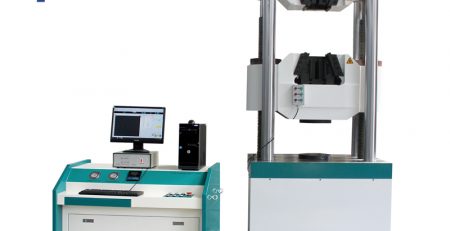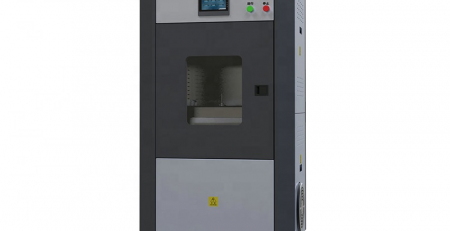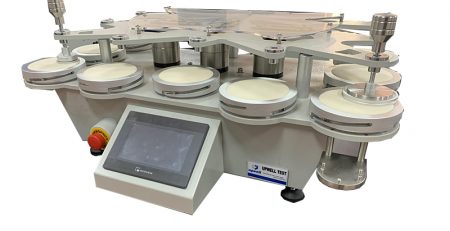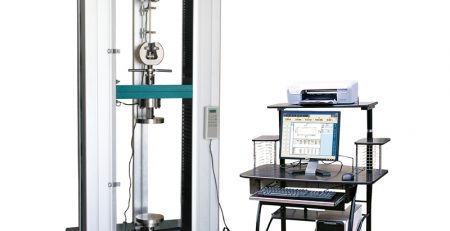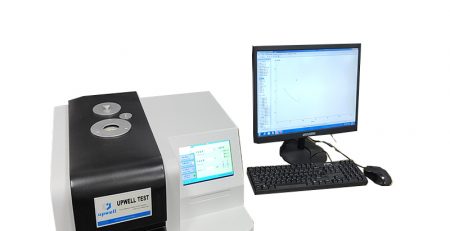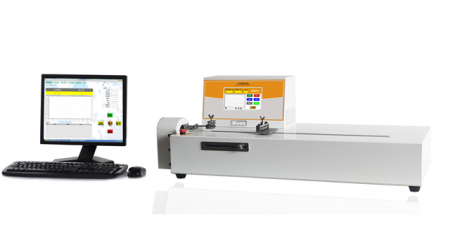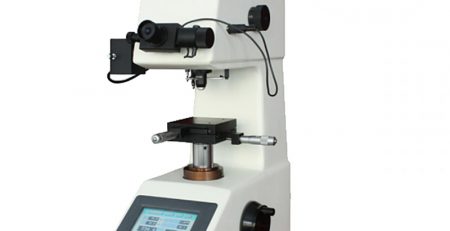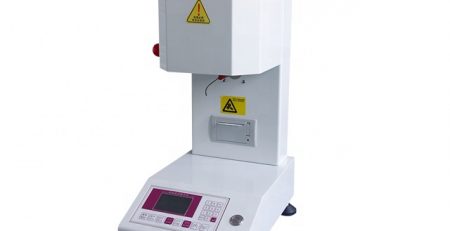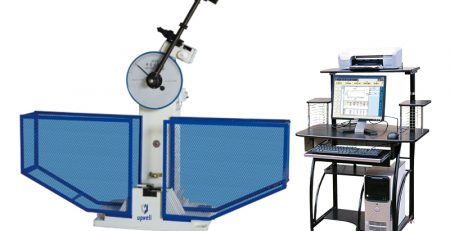Melt index meter The flow rate meter uses a high-temperature heating furnace to make the measured object reach a molten state under a specified temperature condition. The test object in this molten state is subjected to an extrusion test through a small hole of a certain diameter under a prescribed weight load. In the research of plastic production and scientific research units of industrial enterprises, the “melt (mass) flow rate” is often used to express the fluidity, viscosity and other physical properties of polymer materials in the molten state. The melt flow rate refers to the average mass of the sample in each section of the extrudate converted into the extrusion volume for 10 minutes. Melt (mass) flow rate is expressed in MFR, the unit is: g/10 minutes (ie g/min)
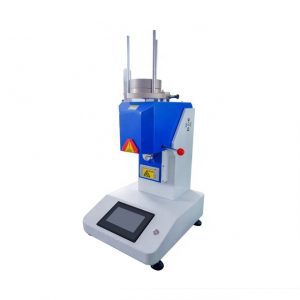
The formula shows: MFR(θ, mnom)=tref×m/t=600×m/t(g/10min)
In the formula: θ-test temperature
mnom–nominal load Kg
m–The average mass of the cut g
tref–reference time (10min): 600
t–The unit of time interval for cutting off: seconds.
Example: A set of plastic samples is cut every 30 seconds. The mass results of each section are: 0.081g, 0.086g, 0.081g, 0.089g, 0.082g.
The average mass of the cut m=(0.081+0.086+0.081+0.089+0.082)÷5=0.0838≈0.084(g)
Substitute into the formula: MFR=600×0.084/30=1.680 (g/10

